The Captain reckons it’s time to dodge the boat ramp queues and get wet in some undiscovered fishing country. The key to unlocking your inner Malcolm Douglas (for those of you born post-1980, Mal was a bearded, straight-talkin’ fisho and explorer) is being able to launch your boat in remote locations, usually straight off a beach as ramps are few and far between. Thankfully, The Captain’s crew has travelled with the best of the beach launchers – and the worst – so we’ve assembled this checklist for success.
ALL THE GEAR
Some key tools make life easier in the sinking stuff. For starters, a 4WD with a low-range transfer case – with tyres deflated before hitting the sand. It’s amazing how many skippers deflate after getting bogged. Of course, you’ll need a compressor to pump them back up to suitable road pressures.
If there’s not enough water to launch the boat without taking your 4WD for a swim, you’ll need to disconnect the trailer from the vehicle. In this case, you’ll need an extra wheel (also known as a rescue wheel) at the front of the trailer. Some manufacturers offer these as a swing-down stub-axle assembly that also serves as a spare. A sturdy rope or snatch strap is a must, along with appropriately sized D-shackles for the bow eye and tow vehicle. A couple of round fenders, joined together, can also serve as beach rollers. So, rather than being dragged along the beach, the boat sits on the rollers, which travel under the hull. They also have the benefit of aligning the boat to the same plane of the trailer. That means she’ll roll on, easy as pie.
Some trailers have extended draw bars that help keep the vehicle clear of the wash zone. Other trailers can have their backs broken to improve the angle of approach.
BEACH INSPECTOR
Just as you would at a normal ramp, check the lay of the land before launching. Note accessibility at the high and low tide marks. At high tide, is there enough room to swing a trailer? At low, is there enough water, clear of any rocks? Keep in mind that launch and retrieval will generally be easier at the low-tide point where the sand is packed hard. Before launching, get ready for action – bungs in, straps off, motors primed and tilted up and lifejackets on — in case things turn to custard. If there’s not enough water for the boat to float freely, disconnect the trailer from the tow vehicle, hook up a winch strap with D-shackles and submerge the trailer.
SPEED IS THE KEY
One of the biggest hazards of the beach launch is the trailer wheels sinking into the sand. Avoid this by clearing the danger zone quickly. Once launched, keep the bow facing towards the sea whenever possible — that includes launching and waiting to retrieve. The bow of the boat is great at dissipating wave action, but transoms don’t like waves hitting them. Water can be bilged out, but sand is hard to remove on the shoreline.
Be patient before heading out to sea. Look for a break in the sets of waves, power through the clear areas and slow down over cresting waves. If in doubt, don’t go out! When returning from sea, ride back to shore on the last wave of the set. Stay on the plane and when it breaks in the shallow water, slide over the top of the wave.
When retrieving the boat, prepare your gear. Ideally, you’ve done this before leaving, which will save you time now. The winch strap should be laying over the last roller. If using a snatch on the trailer, affix it to the vehicle with a D-shackle. If the winch gearing is adjustable, set it for maximum retrieval speed, then lower the gearing when resistance is taken up. When retrieving the trailer from the surf zone, work the angles. Try to break each tyre suction one at a time rather than driving them out together. If the tyres have sunk down, drive a few feet further into the sea to break the suction.
When mobile, travel at a reasonable pace over sand – a running pace, rather than walking is a good guide.
FEELING DISCONNECTED
If the surf is dumping on the beach, don’t muck around with the trailers. Connect a snatch strap to the bow eye of the boat and skull drag it out to a safe zone. Then disconnect the trailer and winch it under the boat. Saltwater and metal aren’t friends, so be sure to wash the trailer and vehicle down with warm water. The electrical connections on the trailer could also probably do with a spray of water lubricant.
THE TOP 5 COMMON BEACH LAUNCHING PROBLEMS
1. Trailer wheels sinking into the sand.
2. Boats taking too long and getting swamped.
3. Winch ropes and tow ropes snapping.
4. No connection points for snatch straps and ropes.
5. Being unable to board at sea in the surf zone.
MORE INFO
For more boating information and to check out The Captain’s boat ramp reviews across Australia head over to NRMA Insurance.

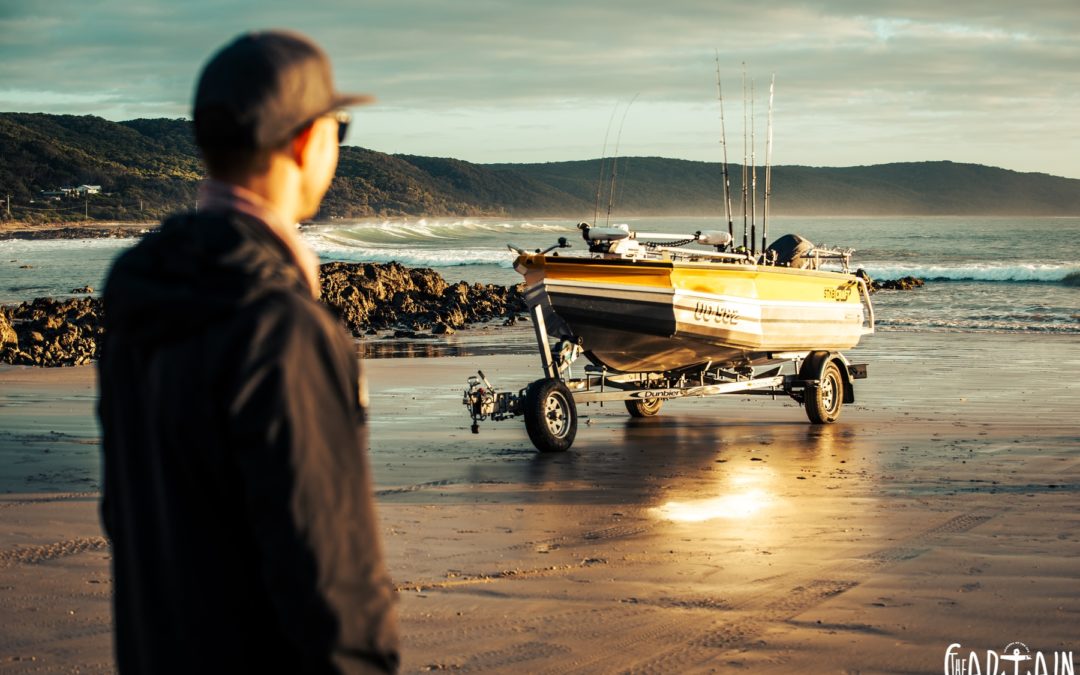
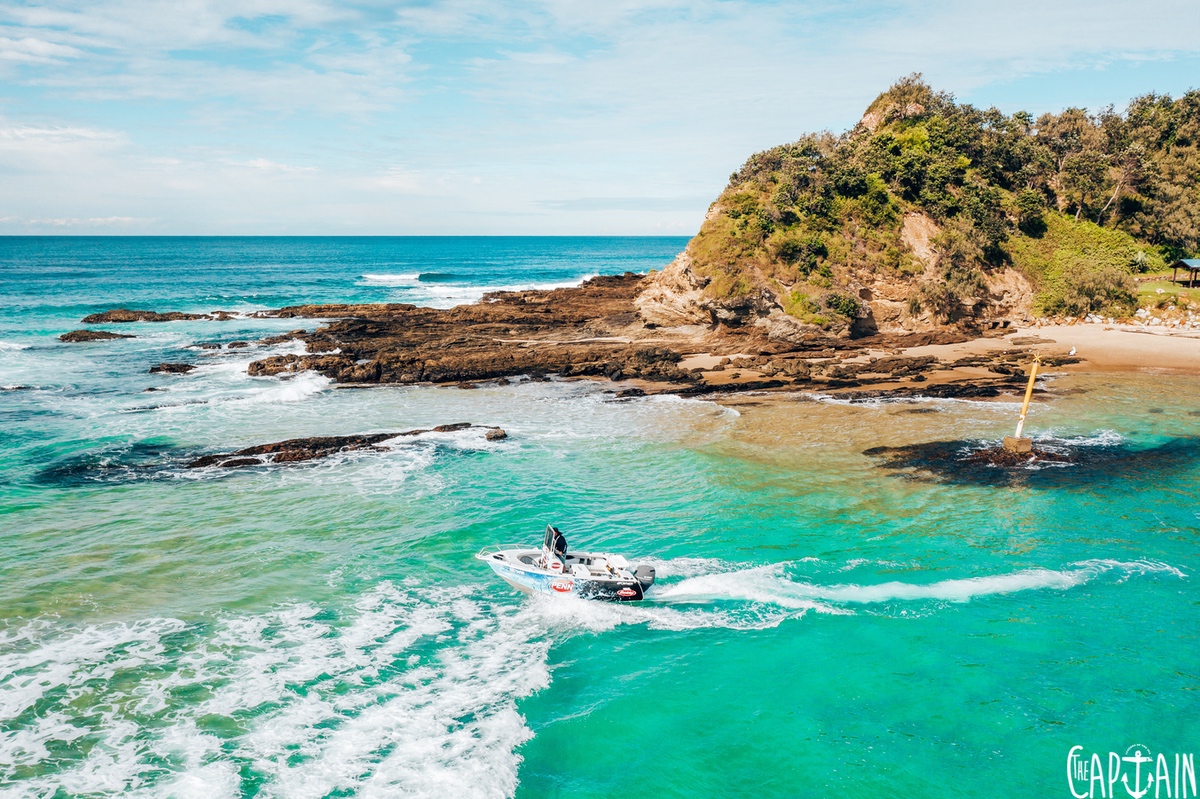
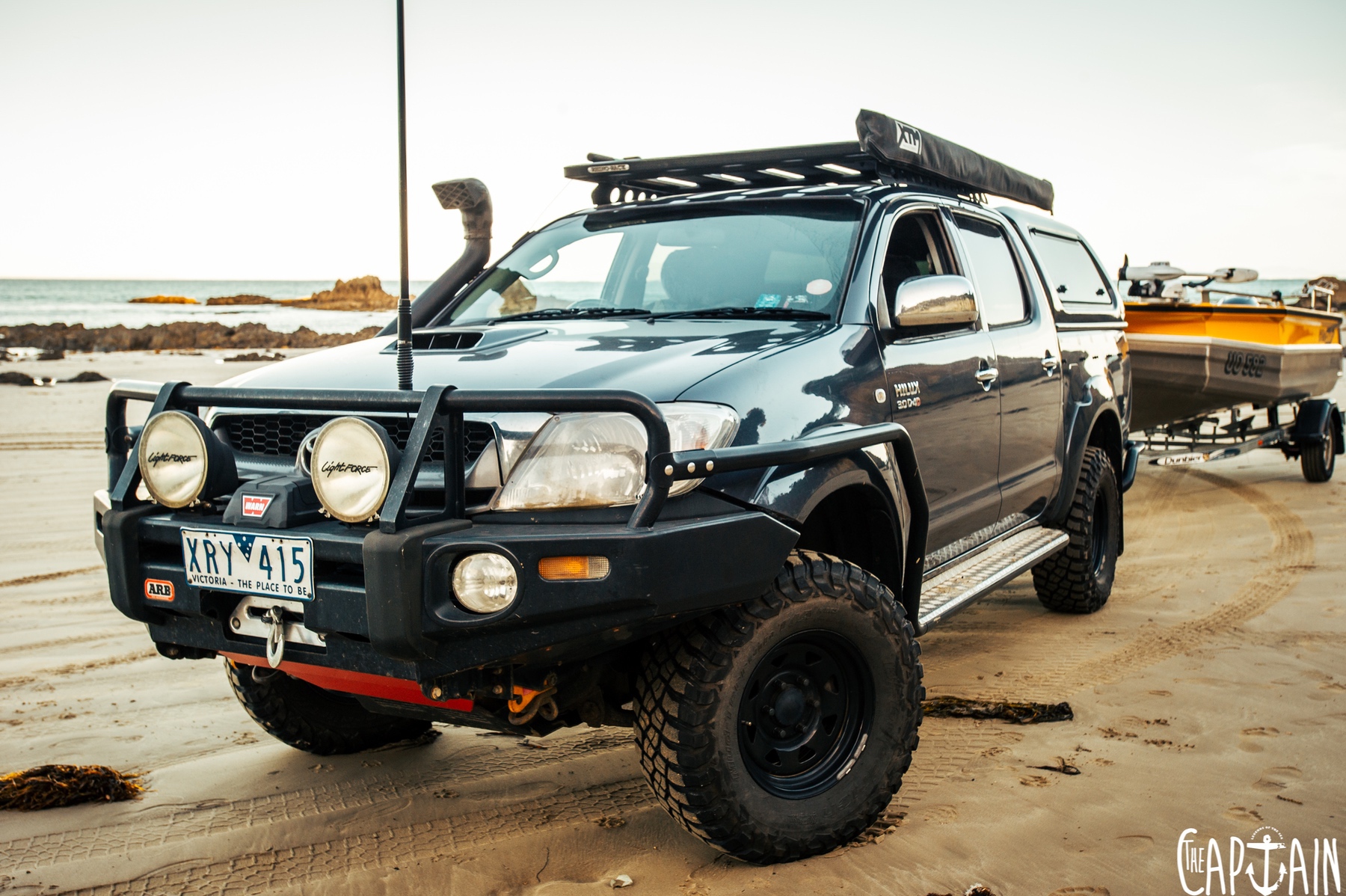

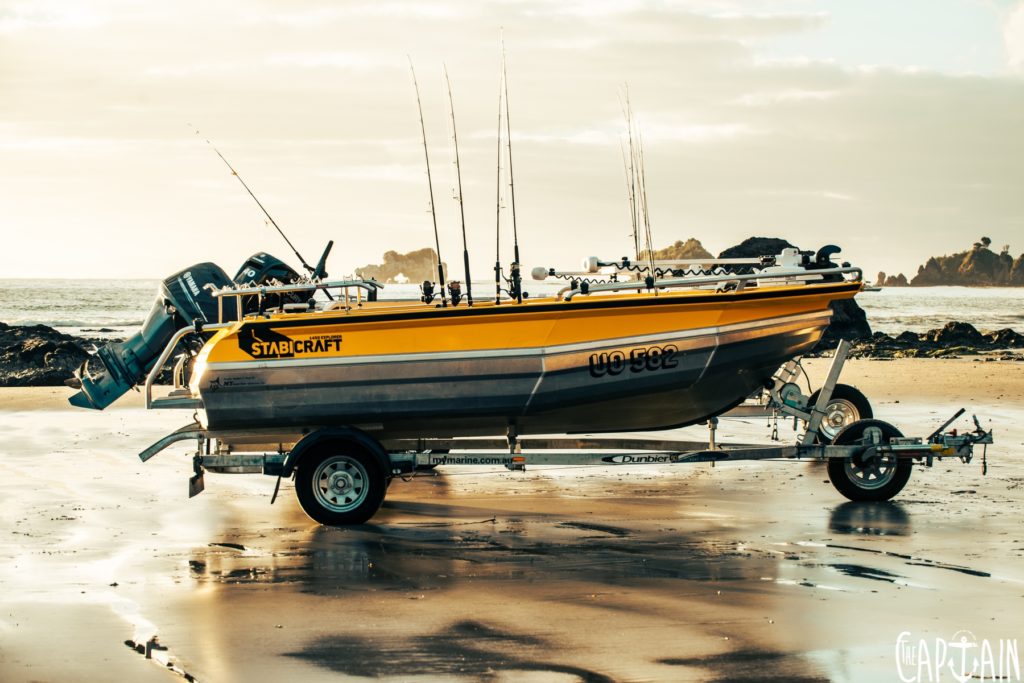
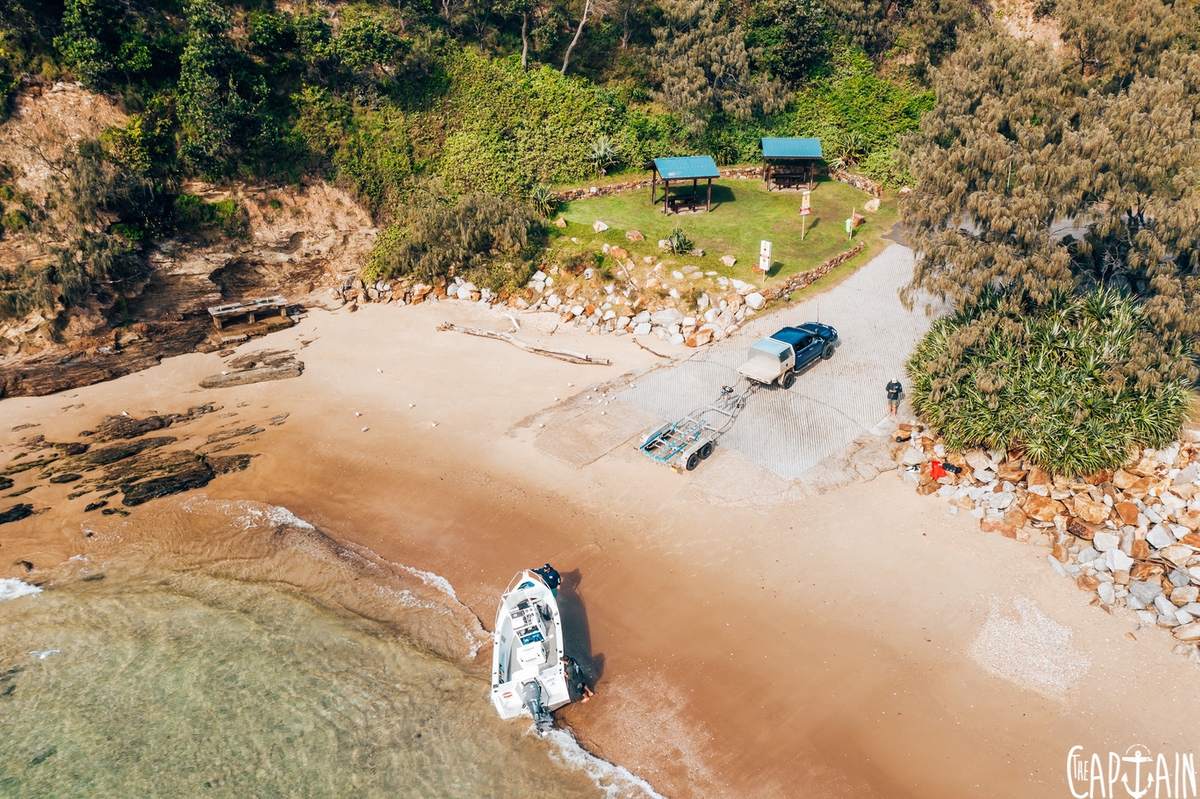
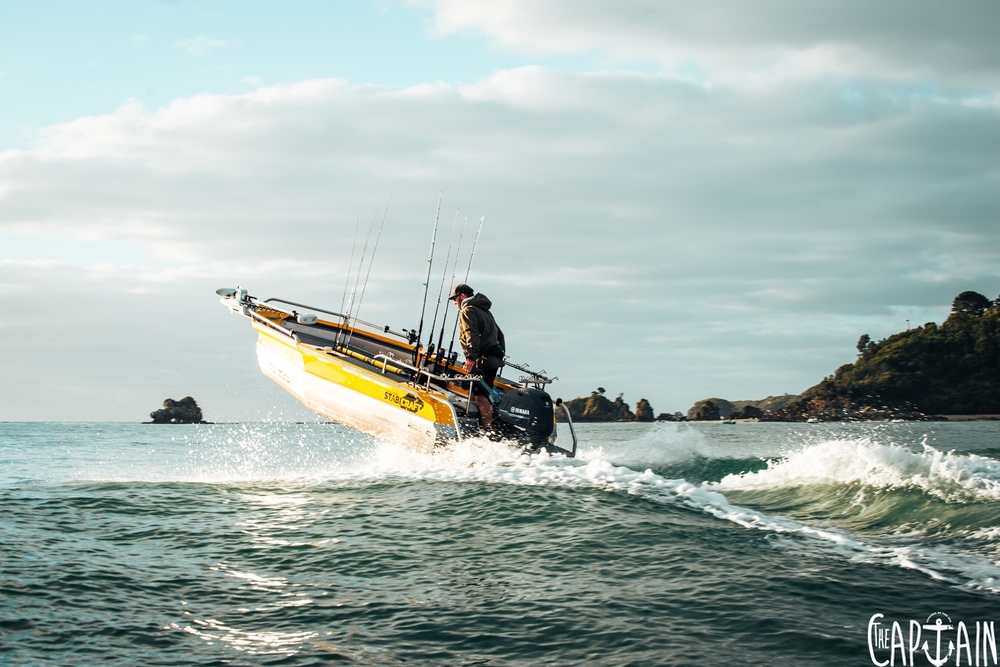
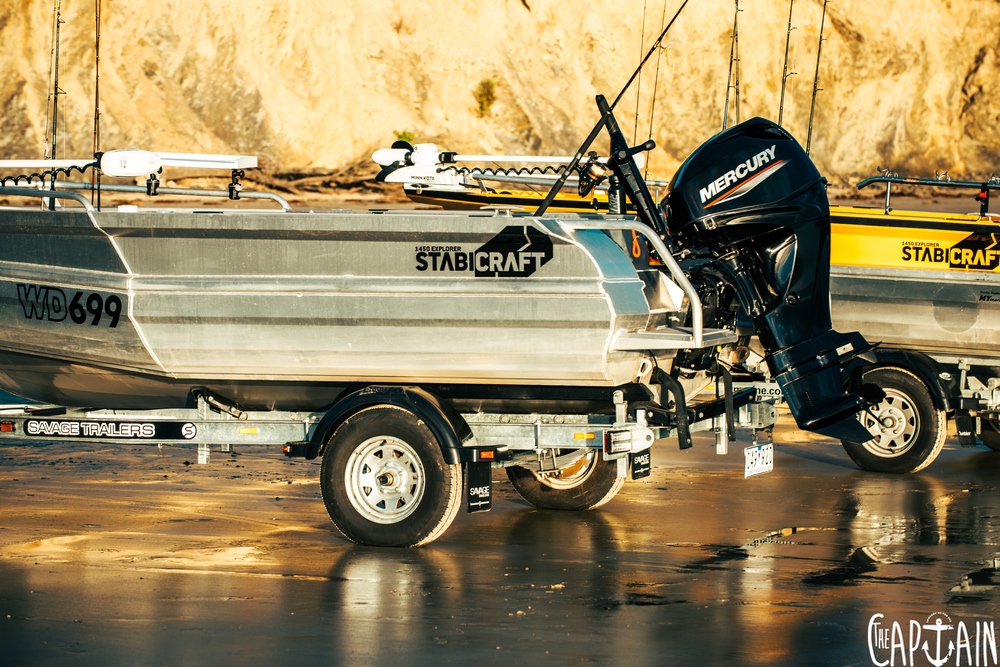


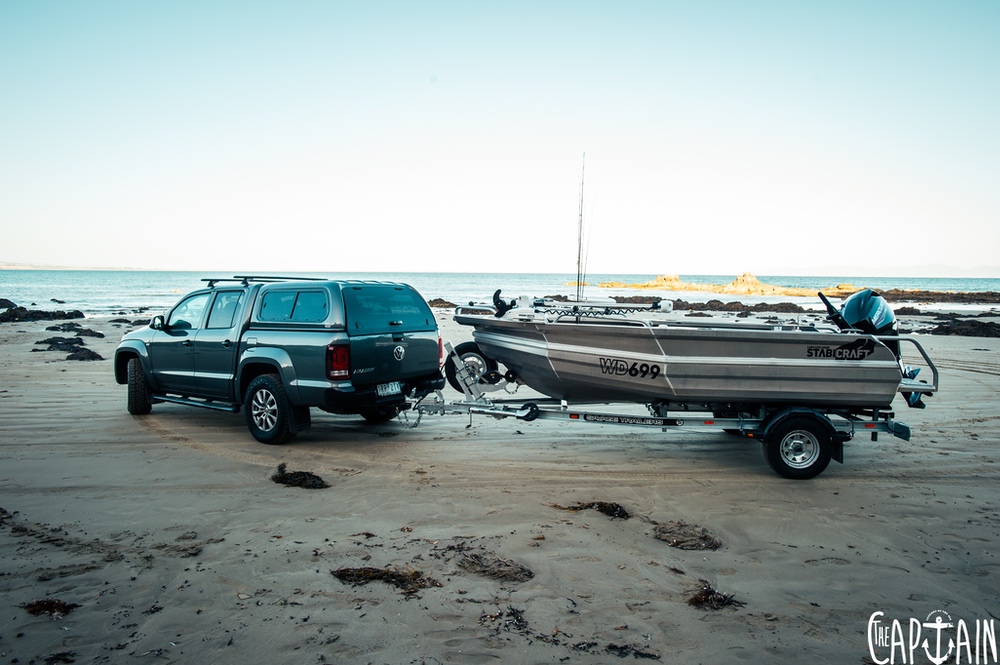
Recent Comments